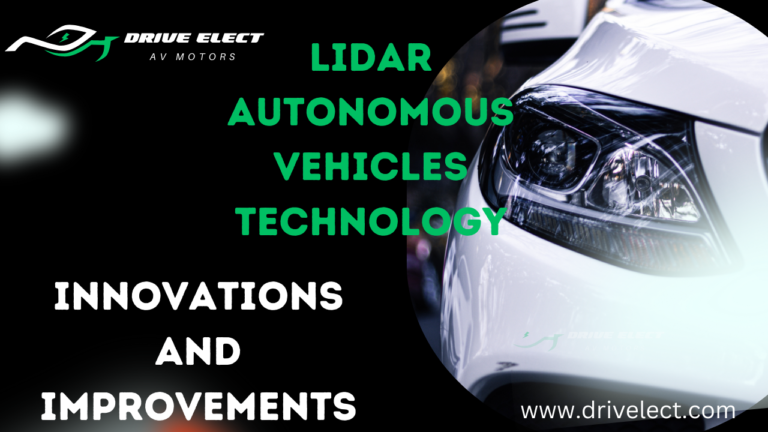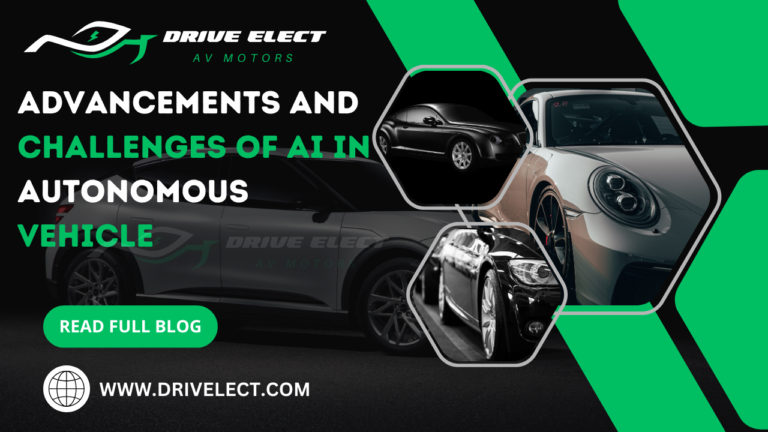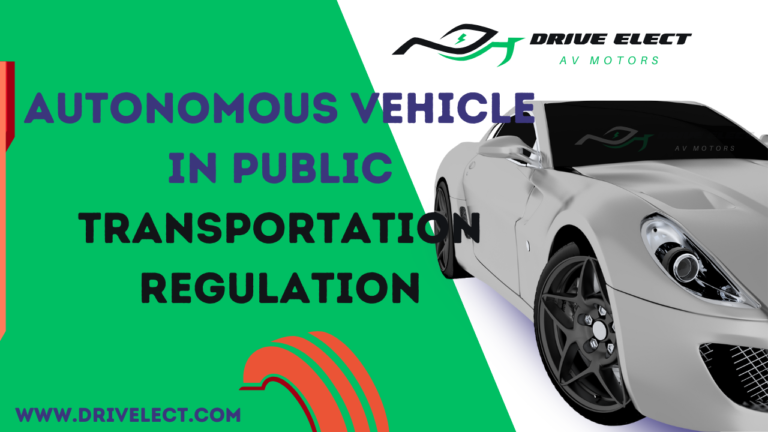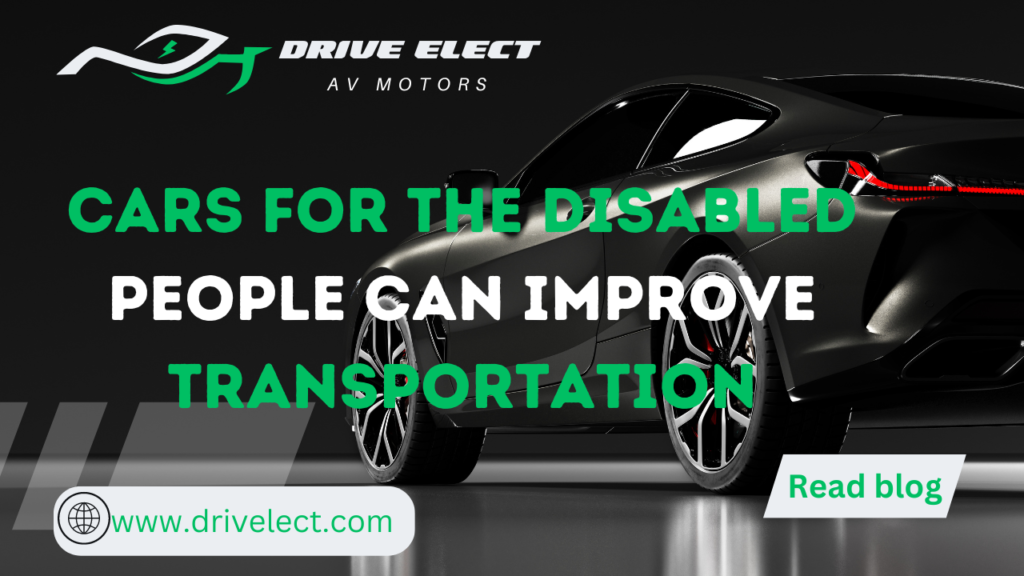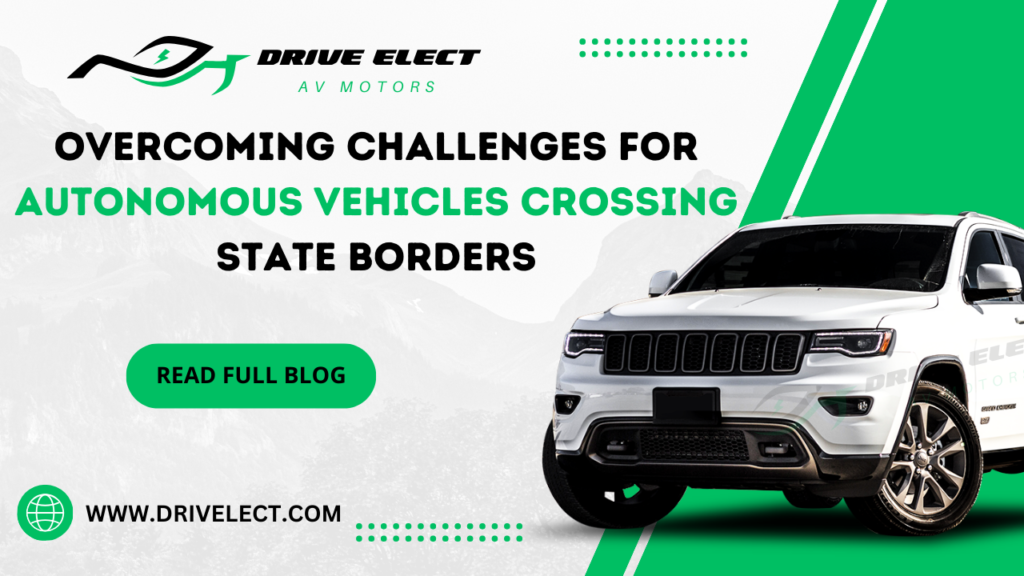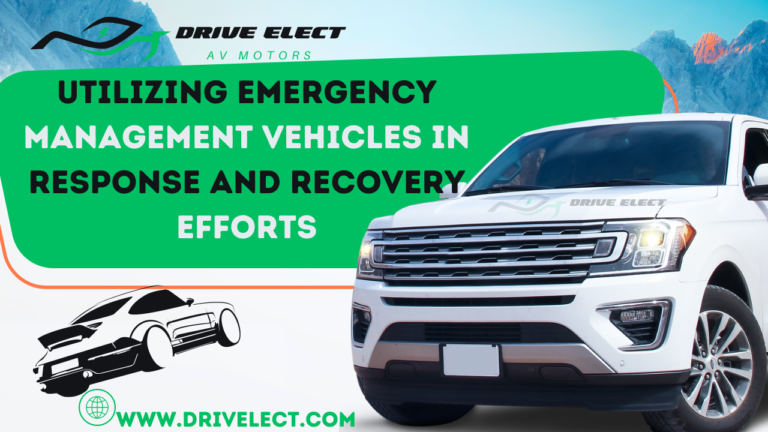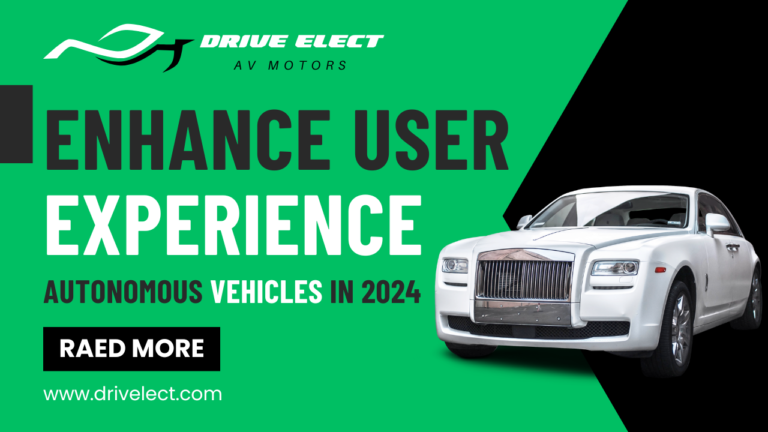Table of Contents
ToggleAutonomous vehicle safety against cyber threats and hacking
Technicalities in autonomous vehicle:
Autonomous vehicles rely on the combination of computer vision, machine learning, and sensor fusion technologies. To cross and operate without human interfere. In this topic we will discuss Autonomous vehicle safety against cyber threats and hacking.
Here will explain a brief explanation of them:
Computer vision:
Computer vision is a technology that helps machines understand and make sense of what they see. It uses cameras and special computer programs. To identify important things like objects on the road, lanes, and traffic signs. This information is necessary for autonomous vehicle safety to make decisions on its own. While driving and interacting with the environment. It contributes the Autonomous vehicle safety against cyber threats and hacking.
Machine learning:
Machine learning, a part of artificial intelligence, helps autonomous vehicle safety learn and get better over time. In transportation, it’s used to train vehicles by evaluating visual data from sensors like cameras. This process, called computer vision, helps the vehicle understand and recognize things. Like lanes, other cars, people, and traffic signals. With this knowledge, the vehicle can then make decisions like braking, accelerating, or changing lanes on its own.
Sensor fusion:
Sensor fusion is an approach that involves adding and combining data from multiple sensors. This integration typically involves information from various sensors. Such as cameras, RADAR, LiDAR, and other environmental sensors. By combining data from these diverse sources. Sensor fusion aims to provide a more comprehensive and accurate image of the environment. Enabling the autonomous vehicle to make well-informed decisions. This universal approach helps improve the reliability and robustness of the vehicle’s perception system. Contributing to safer and more effective autonomous navigation. It allot the Autonomous vehicle safety against cyber threats and hacking.
Here we review the sensor technologies that are pushing the advancement of self-driving cars;
- LiDAR, which stands for Light Imaging Detection and Ranging, is a technology. It uses laser beams to understand the details of the environment. This creates a 3D scan of what’s around. It has a scanner, a laser, a GPS tracker, and other parts. This system can figure out how close objects are by knowing their exact location worldwide.
- RADAR, which stands for Radio Detection and Ranging. This uses radio waves to find out where objects are, at what angle, and how fast they’re moving.
- ViDAR, or Visual Detection and Ranging, is a technology that combines video cameras with AI-powered “machine vision.” This combination allows it to collect and analyze visual information from the surroundings.
SAE’s type of level of automation in a vehicle:
The Society of Automotive Engineers (SAE) has created a system to categorize different types of vehicles. This system describes six levels of automation, ranging from Level 0 to Level 5. Each level signifies a different degree of automation and driver involvement.
Here we discuss the levels of automation:
Level 0 – No Automation (Driver-Only):
- Humans do all the driving; there’s no help from the car.
- Think of old cars where you control everything.
Level 1 – Driver Assistance (Assisted Driving):
- The car can help with either directing or speed, but not both at the same time.
- Examples are cruise control that adjusts speed or a system that helps you stay in your lane.
Level 2 – Partial Automation (Partial Automation of Driving Tasks):
- The car can handle both steering and speed in certain situations.
- You still need to pay attention and be ready to take over.
Level 3 – Conditional Automation (Conditional Automation of Driving Tasks):
- The car can do most things on its own, but only in specific conditions (like highway driving).
- You can reduce, but you need to be ready to take control if the car asks.
Level 4 – High Automation (High Automation of Driving Tasks):
-
The car is almost fully self-driving, but only in certain situations (like a dedicated self-driving taxi in a city).
- No need for constant attention; the car can handle itself in specific situations.
Level 5 – Full Automation (Full Automation of Driving Tasks):
- The car is completely autonomous and can drive anywhere, anytime without human input.
- No steering wheel or pedals needed; the car can handle everything on its own.
Technological challenges for L5 autonomous vehicles:
There are no worldwide rules everyone agrees how self-driving cars should work. There is also a problem we don’t yet have all the right technology to make cars drive themselves without any human.
L5 autonomy in vehicles, where they can fully drive themselves without any human help, presents various technological challenges. In the real world, self-driving cars have to be ready for shocks like bad weather, construction, or emergency vehicles.
There are still obstacles that need to be spoken for widespread adoption of L5 autonomous vehicles.
For LiDAR systems, bad weather can be a problem. Just like people might struggle to see in heavy snow, fog, or rain. Lidar’s sensors, which are like the eyes of the car, can also have trouble. If there’s dust or smoke, like in manufacture areas, it can make it difficult for the car to understand what’s around it and how to drive safely. So, when it is hard for humans to see, it’s also a challenge for LiDAR systems.
Just like LiDAR and RADAR, ViDAR systems have a tough time in situations where it’s hard to see. Cameras, which are part of ViDAR, have a limitation. This makes them not so great for spotting objects that are far away. That’s why car manufacturers often like using LiDAR and RADAR because they are better at handling these long-distance situations.
Bad things have happened with cars that drive themselves. Hackers were able to take control of these cars from far away and use the problems in the system to make the cars do dangerous things. This put the people inside the cars or even people walking on the street in danger.
RADAR is good at spotting things at night. It’s an older and cheaper technology to use. But it struggles with finding smaller objects. If there are other waves with the same frequency as RADAR. They can mess it up and make it miss or mistake objects. So, cost-effective and works at night, it has some problems with accuracy and detecting small things.
This is hard to say just when we’ll have fully self-driving cars (L5 technology), but many car companies are working on the technology. And it’s expected to happen in the future.
Cyber security for autonomous vehicles as an added challenge:
Cybersecurity means keeping computer systems and networks safe from attacks. The smart algorithms in self-driving cars are secure is tricky. This is because these algorithms are really difficult, always changing, and follow different rules depending on where you are. It provides the Autonomous vehicle safety against cyber threats and hacking.
Self-driving car algorithms like really smart brains that help cars drive on their own. These “brains” are made up of many parts. Everything works perfectly is hard because there are so many pieces, and they can change or make mistakes.
Also, different car companies have their own way of making these smart brains, so they’re not all the same. And to make things more complicated, the rules for keeping them safe are different in different places. So, keeping self-driving cars safe from cyber problems is a big challenge because of how complex, always changing, and different they are.
Autonomous vehicle are like moving computers and rely on software to work. They can be at risk of security issues related to software problems and attacks on the information they receive.
Here we discuss some key challenges and thoughts related to the Autonomous vehicle safety against cyber threats and hacking.
to vehicle cybersecurity for autonomous vehicles:
Remote hacking:
Take charge of a vehicle’s actions from a distance by exploiting a weakness in its software.
Vehicle spoofing:
Deceive the vehicle into believing it’s in a different situation or place.
Data breach:
Take important details like the driver’s info or the vehicle’s location without permission.
Tempering with sensor data:
Deceive the vehicles eyes by showing fake pictures on the road.
Tempering with software updates:
A hacker can mess with software updates and get unauthorized access to take control of the vehicle.
Insider threat:
A worker having access to important information and systems can cause damage to production. That’s why cyber security in making vehicles is crucial too.
Adding to the difficulties, AVs have difficult and spread-out systems, making it tough to fast identify and respond to cyber-attacks. Unlike typical computer systems that can be easily shut down, doing so in autonomous vehicles could result in dangerous situations. To maintain crucial safety functions during faults, extra backup systems and redundancy are necessary.
Tackling autonomous vehicle Cyber Security:
There is something called “Functional Safety” (FuSa), which is like a set of rules to make sure cars are safe and work properly. Now, a new thing called “automotive vehicle cybersecurity.” This is like cars are safe from computer problems and hacking. It gives the Autonomous vehicle safety against cyber threats and hacking.
So, it’s not just about making cars drive well, but also they are protected from computer issues and bad people trying to do harm. We need to create new processes, like looking at possible computer threats. Figuring out how risky they are. We also need a plan for cyber-security, sort of like a set of rules to keep cars safe from computer problems. This way, cars can be both safe to drive and safe from computer issues. It provides you the Autonomous vehicle safety against cyber threats and hacking.
We realize that is compulsory to think about security right from the beginning. “Security-by-design” is like a plan to make sure we think about and include ways to keep things safe right from the start, especially when we are designing the product. This way, the teams working on it can do things early on to make sure there are fewer chances for problems and keep everything safe. It supply the Autonomous vehicle safety against cyber threats and hacking.
In the automotive industry, it’s tough to put the idea of cyber-security by design into action because it requires enough resources and knowledge. The lack of skills and need for comprehensive rules about building security into the design from the start, and not enough awareness about that. All of these things make it challenging to actually make a standard part of designing cars.


